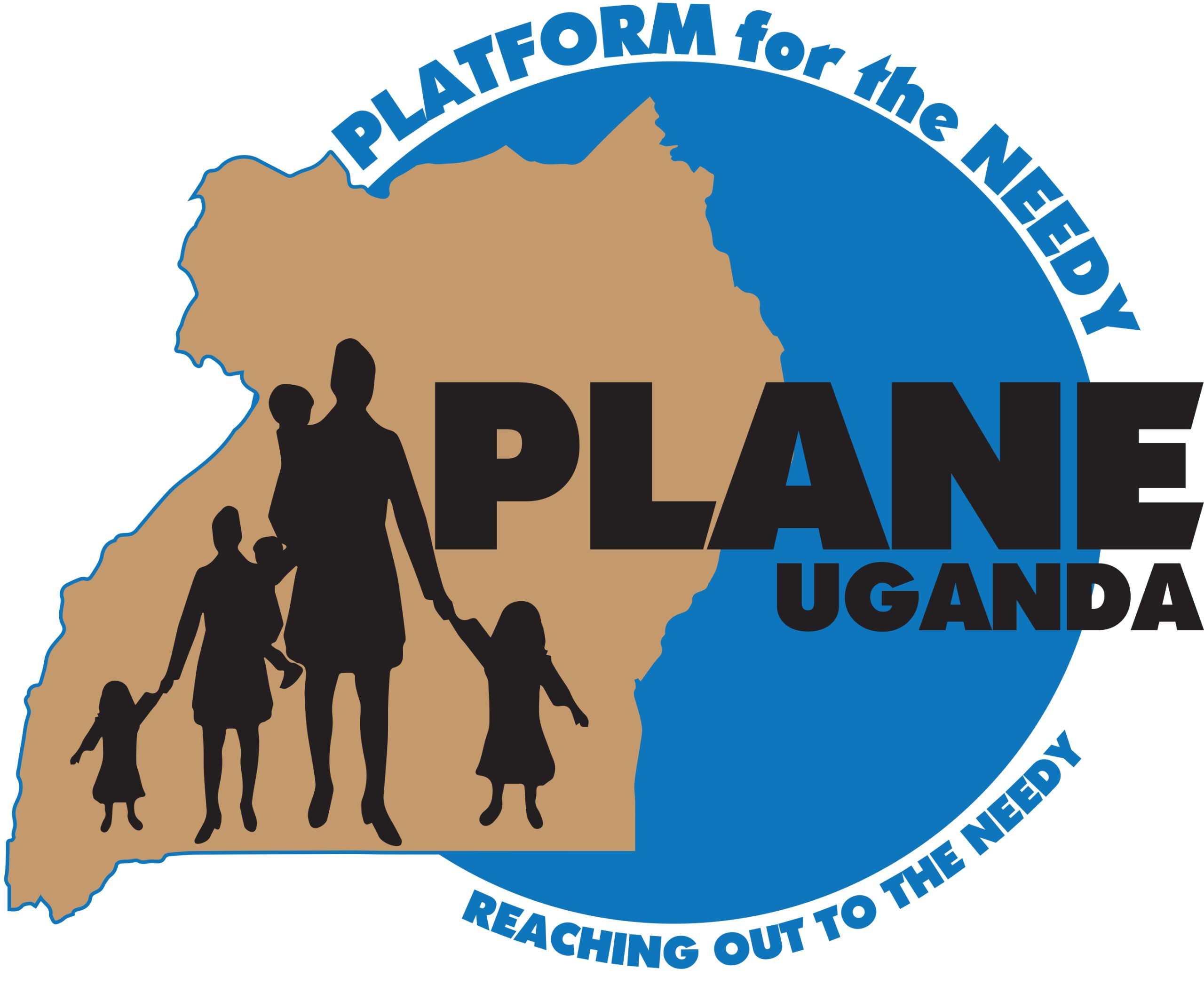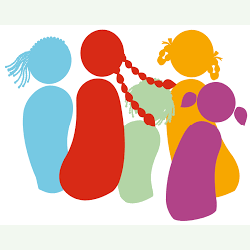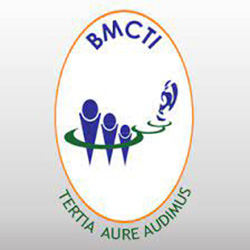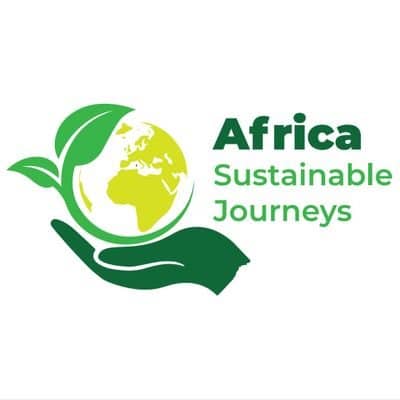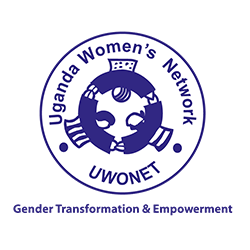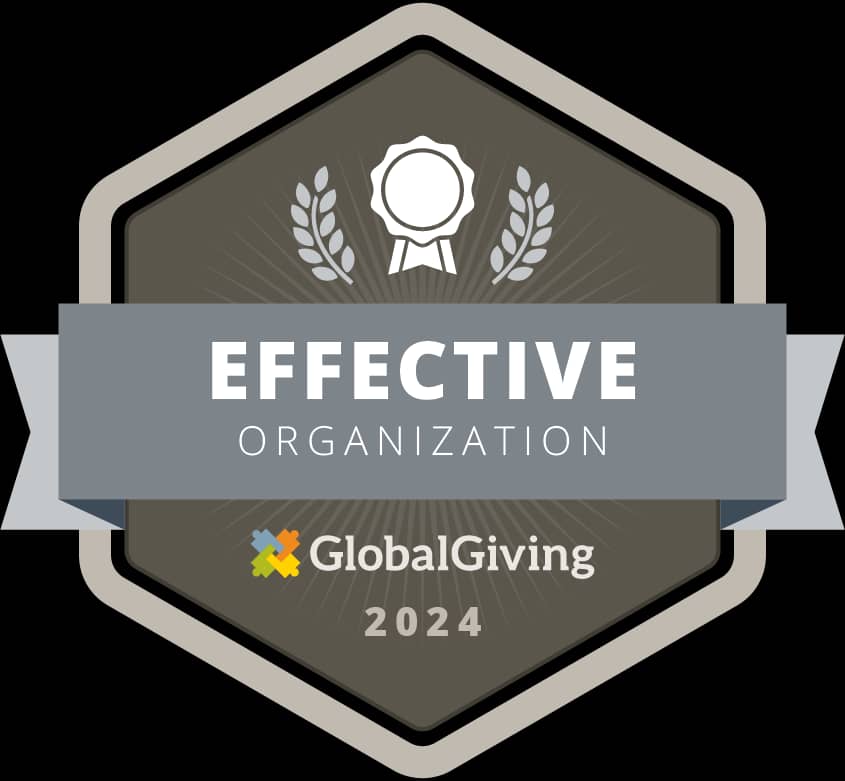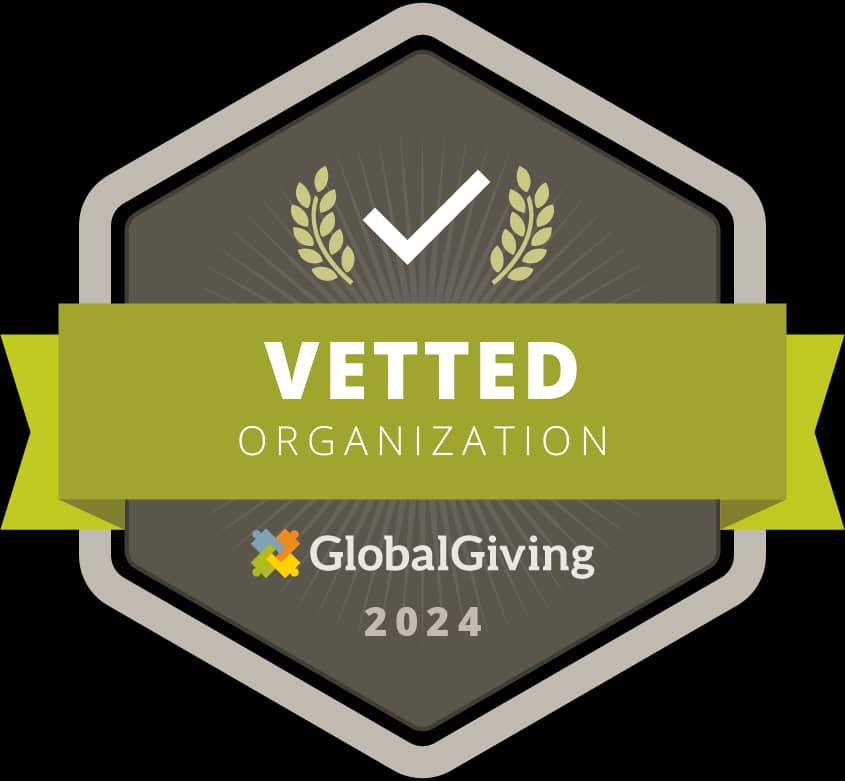Gender-Based Violence in Women and Children in Uganda: A Systematic Review
Ismael Valladolid-Acebes, PhD & Ainganiza Waddell Steven
Organizational Development Director at PLATFORM for the NEEDY (PLANE)
Introduction
Gender-based violence (GBV) is a significant public health and human rights issue in Uganda, disproportionately affecting women and children. This report synthesizes findings from recent literature and surveys to provide a comprehensive overview of the prevalence, associated risk factors, impacts of GBV in Uganda, and the effectiveness of interventions, providing key recommendations.
Methodology
This review follows systematic review guidelines, incorporating a comprehensive search strategy to identify relevant studies. Databases such as PubMed, Scopus, and Web of Science were searched using keywords related to GBV, women, children, and Uganda. Inclusion criteria included studies published in English, conducted in Uganda, and focusing on GBV among women and children. Data extraction and quality assessment were performed independently by multiple reviewers to ensure accuracy and consistency.
Interpretation of the Data Analyzed
Prevalence and Forms of Gender-Based Violence
GBV in Uganda manifests in various forms, including intimate partner violence (IPV), sexual violence, and exploitation of children. According to the Uganda Demographic and Health Survey (UDHS) 2016, 56% of ever-married women aged 15-49 have experienced physical, sexual, or emotional violence by their current or most recent partner. Additionally, Amodoi et al. (2024) reported high prevalence rates of sexual violence, significantly impacting women’s physical and psychological well-being.
Intimate Partner Sexual Violence
Intimate partner sexual violence (IPSV) is particularly prevalent among pregnant women in specific regions such as Napak district in Northeastern Uganda. Taremwa et al. (2024) found that 44% of pregnant women in this district had experienced IPSV, highlighting the vulnerability of expectant mothers to such forms of abuse.
Intended Causal Chains Between Intervention Components and Initial Outcomes
The intervention targets three primary domains: parent–child relationships, inter-partner relationships, and community-level operations. Improved parental bonding and child attachment aim to foster rule internalization, emotional regulation, loving relationship expectations, social skills, and parental engagement in education. Reduced harsh parenting reinforces emotional regulation, social skills, and loving relationships. Decreased parental conflict provides models for empathy, social skills, and constructive dispute resolution. Equitable gendered socialization promotes empathy, social skills, and gender equity norms from childhood.

Intended Causal Chains Between Initial Outcomes and Reduced GBV
The enhancement of emotional regulation, social skills, and loving relationship expectations in children, resulting from improved parental bonding and attachment, is expected to reduce GBV. Increased parental engagement in education and decreased harsh parenting further support these pathways. By modeling empathy and constructive conflict resolution, reduced parental conflict fosters pro-social behaviors. Establishing norms of gender equity through equitable socialization is anticipated to mitigate GBV, although these complex causal chains are challenging to test empirically.

Factors Associated with GBV
Several factors contribute to the high prevalence of GBV in Uganda, including socioeconomic disparities, cultural norms, and lack of legal protections. Higginson et al. (2018) identified poverty, family disintegration, and limited educational opportunities as significant contributors to youth gang membership, which is often linked to increased violence, including GBV.
Impact on Children
Children in Uganda are significantly affected by GBV, either directly or indirectly. The UNICEF (2015) Uganda Violence Against Children Survey revealed that 35% of girls and 17% of boys experienced sexual violence before the age of 18. The psychological and social consequences of such experiences can be profound, leading to long-term mental health issues and hindered educational attainment.
Sexual Exploitation of Boys
Sexual exploitation of boys, although less frequently reported, is a critical concern. Moss et al. (2023) indicated that boys, like girls, are at risk of sexual exploitation, although societal norms and stigmas often result in underreporting and inadequate support for male victims.
Refugee, Migrant, and Displaced Populations
Refugee, migrant, and displaced girls and young women in Uganda face unique challenges regarding sexual and reproductive health (SRH) knowledge and access to services. Ivanova et al. (2018) emphasized that these groups often have limited access to SRH education and services, making them more vulnerable to GBV and its consequences.
Response and Interventions
Efforts to address GBV in Uganda involve both governmental and non-governmental interventions aimed at prevention, protection, and support for survivors. However, challenges remain in effectively implementing these interventions across the country. Strengthening legal frameworks, improving access to health and support services, and promoting gender equality through education and community engagement are crucial steps forward.
Discussion
Gender-based violence (GBV) is a pervasive issue in Uganda, with intimate partner violence (IPV) being one of the most common forms. According to the Uganda Demographic and Health Survey (UDHS) 2016, a staggering 56% of ever-married women aged 15-49 reported experiencing physical, sexual, or emotional violence from a current or former partner, highlighting the normalization of such violence in intimate relationships. Sexual violence also remains alarmingly prevalent. A study by Amodoi et al. (2024) found that 22% of women aged 15-49 had experienced sexual violence at some point in their lives. Additionally, a 2015 UNICEF report indicated that 35% of girls and 17% of boys in Uganda had experienced sexual violence before the age of 18.
Child marriage is another critical issue, both as a cause and consequence of GBV. The UDHS 2016 reported that 34% of women aged 20-24 were married before turning 18, exposing them to various forms of violence, including sexual, physical, and psychological abuse. Socioeconomic factors significantly contribute to GBV. Poverty drives vulnerability to violence, with women and children from low-income households facing greater risks due to economic dependency, limited education, and scarce resources for seeking help. Financial stress and unemployment further increase the likelihood of IPV and other forms of GBV. Cultural norms and gender roles, deeply rooted in patriarchy, exacerbate the situation. In many communities, women and girls are viewed as subordinate to men, and violence is used as a control mechanism. Cultural practices such as bride price and polygamy also worsen the problem.
The burden of injuries due to gender-based violence (GBV) in Uganda shows significant regional variation, with the Northern region experiencing the highest rates. Notable districts with elevated incidences of GBV-related injuries include Moyo, Adjuman, Lamwo, Kitgum, Moroto, Napak, Nakapiripiti, Amuria, Katakwi, Otuke, Lira, Oyam, Apac, Kole, and Alebtong. These findings highlight the disproportionate impact of GBV in specific areas, underscoring the need for targeted interventions. A study conducted by Wight et al. (2022) evaluated a Ugandan parenting programme aimed at preventing GBV, revealing critical insights into the geographic disparities of GBV burden. This formative evaluation emphasizes the necessity for region-specific strategies to effectively address and mitigate the prevalence of GBV in the Northern districts, where the rates are particularly alarming.

Despite laws against GBV, enforcement remains weak. The lack of effective legal protection, inadequate support services, and corruption within law enforcement hinder efforts to combat GBV. Victims often face stigma and discrimination, deterring them from reporting incidents. The impact of GBV on victims is profound, affecting both physical and mental health. Survivors frequently suffer physical injuries, sexually transmitted infections (including HIV/AIDS), and unwanted pregnancies. Psychologically, they may experience long-term effects such as depression, anxiety, and post-traumatic stress disorder (PTSD). The socioeconomic consequences are also severe, limiting educational and employment opportunities, reducing productivity, and perpetuating economic dependency and the cycle of abuse.
Recommendations for Addressing Gender-Based Violence in Uganda Over the Next Decade
Strengthen Legal and Policy Frameworks
- Enhance Legislation: Update and enforce laws related to GBV to ensure they are comprehensive and effectively protect victims.
- Policy Implementation: Ensure robust implementation of existing policies and frameworks, such as the Domestic Violence Act and the Children’s Act, by allocating adequate resources and training law enforcement and judicial personnel.
Improve Access to Support Services
- Healthcare Services: Enhance the availability and quality of healthcare services for GBV survivors, including emergency medical care, psychological support, and reproductive health services.
- Safe Spaces: Establish more shelters and safe houses for survivors of GBV, ensuring they have access to comprehensive care and support services.
- Legal Aid: Provide free legal aid services to survivors to help them navigate the legal system and seek justice.
Education and Awareness Campaigns
- Community Sensitization: Implement widespread community awareness campaigns to change societal attitudes towards GBV. Focus on the harmful effects of GBV and the importance of gender equality.
- School Programs: Integrate GBV education into school curricula to educate young people about consent, healthy relationships, and respect for all genders.
- Media Engagement: Use media platforms to promote messages against GBV, showcasing positive role models and encouraging community action against violence.
Empower Women and Girls
- Economic Empowerment: Develop programs aimed at economically empowering women and girls, providing them with the skills and opportunities to achieve financial independence, which can reduce vulnerability to GBV.
- Educational Opportunities: Increase access to education for girls, particularly in rural and disadvantaged areas, to empower them with knowledge and opportunities.
Engage Men and Boys
- Male Involvement Programs: Create programs that engage men and boys in the fight against GBV, educating them about the importance of gender equality and nonviolent behavior.
- Role Models and Champions: Promote positive male role models who advocate against GBV and support gender equality initiatives.
Data Collection and Research
- Regular Surveys: Conduct regular national surveys to collect data on the prevalence and nature of GBV. This data should inform policy decisions and program designs.
- Research Studies: Support academic and community-based research on GBV to understand its root causes, consequences, and effective interventions.
Strengthen Community-Based Interventions
- Local Initiatives: Support community-based organizations and initiatives that work directly with affected populations to prevent GBV and provide support to survivors.
- Cultural Practices: Engage with cultural leaders to address and modify cultural practices that perpetuate GBV, promoting practices that protect and empower women and girls.
Monitor and Evaluate Programs
- Program Evaluation: Implement robust monitoring and evaluation frameworks for all GBV programs to assess their effectiveness and impact. Use the findings to continuously improve interventions.
- Accountability Mechanisms: Establish accountability mechanisms for organizations and institutions responsible for implementing GBV programs to ensure transparency and effectiveness.
Conclusion
GBV in Uganda is a pervasive issue affecting a significant portion of the population, particularly women and children. Addressing the root causes and providing comprehensive support to survivors are essential for mitigating the impact of GBV. Continued research, policy implementation, and community-based initiatives are necessary to create a safer environment for all Ugandans.
References
- Uganda Demographic and Health Survey (UDHS) 2016. Link
- Amodoi GP, et al. Prevalence and correlates of intimate partner sexual violence among pregnant women in Napak district, Northeastern Uganda. PLOS Glob Public Health. 2024.
- Taremwa IM, et al. Prevalence and correlates of intimate partner sexual violence among pregnant women in Napak district, Northeastern Uganda. PLOS Glob Public Health. 2024.
- Wight D, et al. A Ugandan Parenting Programme to Prevent Gender-Based Violence: Description and Formative Evaluation. Res Soc Work Pract. 2022.
- Moss C, et al. A global systematic scoping review of literature on the sexual exploitation of boys. Child Abuse Negl. 2023.
- Ivanova O, et al. A Systematic Review of Sexual and Reproductive Health Knowledge, Experiences and Access to Services among Refugee, Migrant and Displaced Girls and Young Women in Africa. Int J Environ Res Public Health. 2018.
- UNICEF. Uganda Violence Against Children Survey. 2015.
- Higginson A, et al. Factors associated with youth gang membership in low- and middle-income countries: a systematic review. Campbell Syst Rev. 2018.
